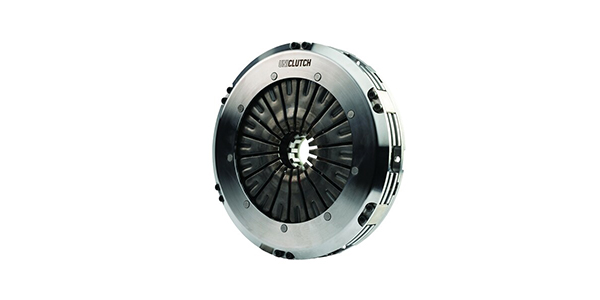An editorial from R744.com
Note: to view Stronghold for 1234yf is Crumbling – Part I, click here.
Several issues concerning HFO1234yf Mobile Air Conditioning (MAC) systems have been summarised on the website of SAE international, as these were voiced at the Interior Climate Control Committee (ICCC) meeting held during the SAE 2010 World Congress on 13-15 April 2010. 1234yf “could be limited to OE installations, and perhaps fewer than anticipated”.
Undermining the EU MAC Directive
Studies discussed at the SAE meeting indicate that the 1234yf systems could also be run with R134a at similar performance levels and that work is being undertaken on using the same PAG oil with both refrigerants.
With R134a being much cheaper that 1234yf, this raises the issue of using R134a when servicing 1234yf systems, a practice that would be legal in the US, as it is legal to service systems with any refrigerant on the EPA’s SNAP (significant new alternatives policy) list, including R134a.
In Europe, retrofitting with R134a, although illegal under the MAC Directive, could still be a possibility in the servicing industry. Special fittings to avoid a re-fill with R134a will not be a solution as adapters “quickly find their way into the service shops”.
Refrigerant costs too high with unknown prospects
As the SAE confirms, long-standing objections have focused on the anticipated refrigerant cost, which the US Environmental Protection Agency (EPA) estimating initially at $45-50 lb for Original Equipment (OE) supplies. This is at least 15 times the refrigerant price for currently used refrigerant in car air-conditioners, R134.
The manufacturing of the refrigerant will require new plants, rather than conversion of existing facilities. Until these are put in place, the industry faces the problem of gaining acceptance for the refrigerant until production efficiencies and competition lower the cost closer to that of R134a.
As a matter of fact, no chemical company has built a new plant yet. Companies seemingly believe the market will be small, as plant construction reportedly takes about two years. The limited supply requirements apparently will be met from small "pilot plants," further exacerbating the cost and quality issue. Refrigerant purity from pilot plants has already caused trouble in terms of stability since the double bond molecule 1234yf is anything but stable.
Moreover, according to SAE, at least one leading refrigerant supplier, Arkema, is unwilling to committing to HFC-1234yf until all patent issues are resolved.
Other unresolved technical issues
Several technical issues remain unresolved for 1234yf:
• Flammability and Toxicity: Different system layouts (direct expansion, condenser side secondary loop and cabin side secondary loop) to address safety concerns will lead to different safety levels for the customer and a de-standardization in the industry.
• Purity: At low impurities the instable double bond molecule decomposes in the loop hence creating acids, decomposing for example polymer joints etc.
• PAG oil: A new PAG oil is needed. If the actual PAG oil is mixed with 1234yf then stability and decomposition issues arise.
• Suitability for electric vehicles: Unlike CO2 which can provide for both cooling and heating, 1234yf cannot be used efficiently in heat pump systems of electric vehicles.
Toxicity concerns not alleviated
Already in 2008, a report by Honeywell (report no. WIL-447021) titled ‘An inhalation range-finding prenatal developmental toxicity study of HFO-1234yf in rabbits’ noted mortality and moribundity at exposure levels of 5,500 ppm and above, in contrast to the results of repeated dose toxicity studies in rodents with inhalation.
No Observable Adverse Effect Levels (NOAELs) well above 10,000 ppm HFO-1234yf and a rat developmental toxicity study with a NOAEL of 50,000 ppm. More recent test results, published in the January 2010 issue of ‘Toxicology and Applied Pharmacology’ as ‘Biotransformation of 2,3,3,3-tetrafluropropene (HFO-1234yf) in rabbits’ suggest a more intensive biotransformation of HFO-1234yf in rabbits as compared to rats.
Source: R744.com


